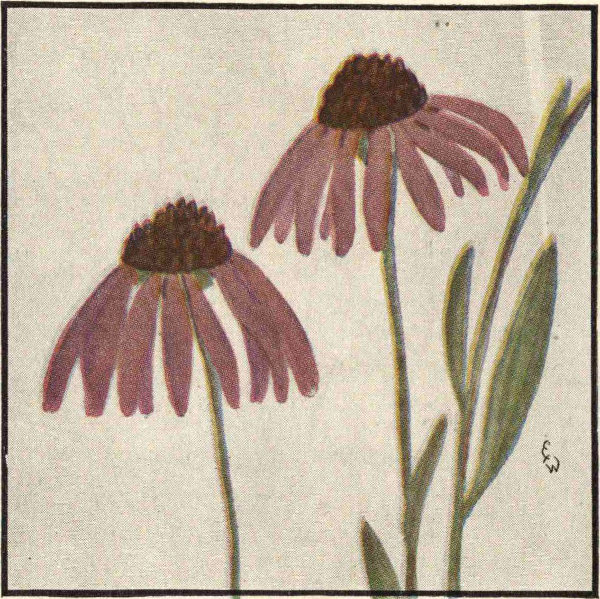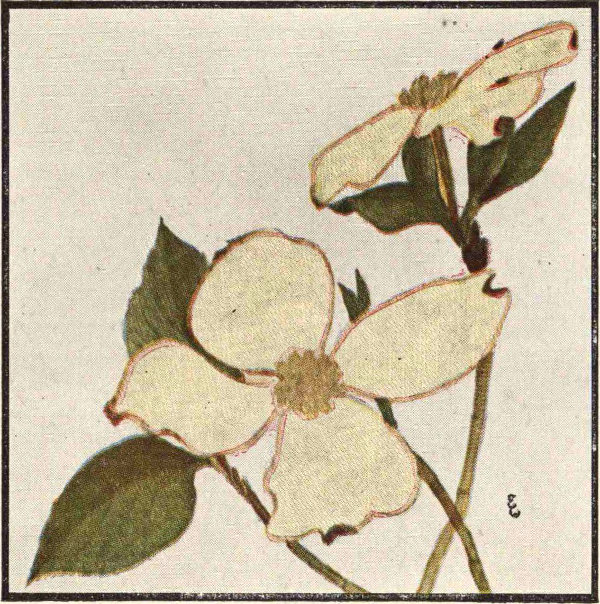Journal of Botanical Research Institute of Texas
/16 volumes (from 2007 to 2014) of the Journal of Botanical Research Institute of Texas (BRIT) are available from Internet Archive here. I browsed through all of them in late May and early June. It’s interesting to compare the botanical illustrations used for research papers today with those from the 1800s. There are still drawings that look very similar to botanical prints…but there are photographs too. The photographs have replaced the colored prints that were a cornerstone of the 1800s books (and made them collectable). I appreciated the drawings as I browsed these BRIT volumes. It is easier to see structures in the drawings than in the photographs (and it is easier to deconstruct drawings into Zentangle patterns)! The sample images from the volumes below show the wide range of illustration types. Click on an image to see an enlarged version.
I found this journal after I discovered Eula Whitehouse’s work back in March (see the blog post about her here). The organization she worked for eventually became BRIT.














































